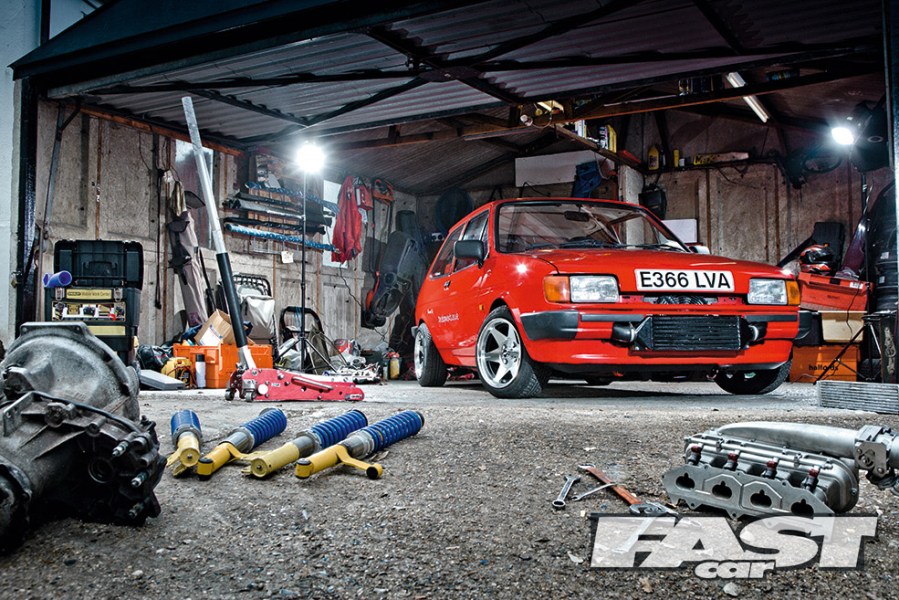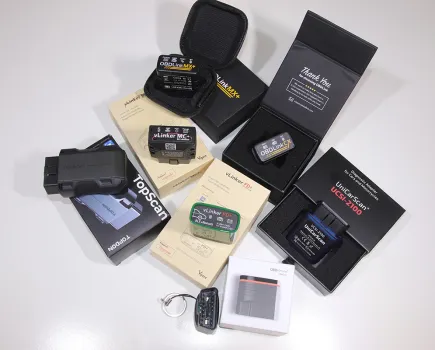Let’s face it, if we all modified our cars the same way, life would be very boring. Here are 13 car tuning tricks and secrets that nobody talks about!
The thing is, unless you’ve got vast experience, it’s not always easy to work out what is a unique mod and what’s just a waste of time. Luckily, we’ve already done the thinking for you. So if you want to be different and stand out from the crowd, read on to find out more. Here are several of our favorite car tuning tricks and secrets.
Car Tuning Tricks and Secrets

Truck Turbos
One of the most common tuning tricks is the use of turbos from commercial vehicles such as HGVs. While most of them aren’t suitable as they’re so big they’d be horrendously laggy on any size engine we’d use, the correct truck turbo selection can mean massive power on a tiny budget. Believe it or not, commercial vehicles are always at the forefront of technology. Trucks usually get the best spec turbos long before the tuning market. Manufacturers have fitted trick parts like billet wheels and compound-charged setups to diesel trucks for years, and if you can find the right one, you can have your dream turbo for a bargain price.
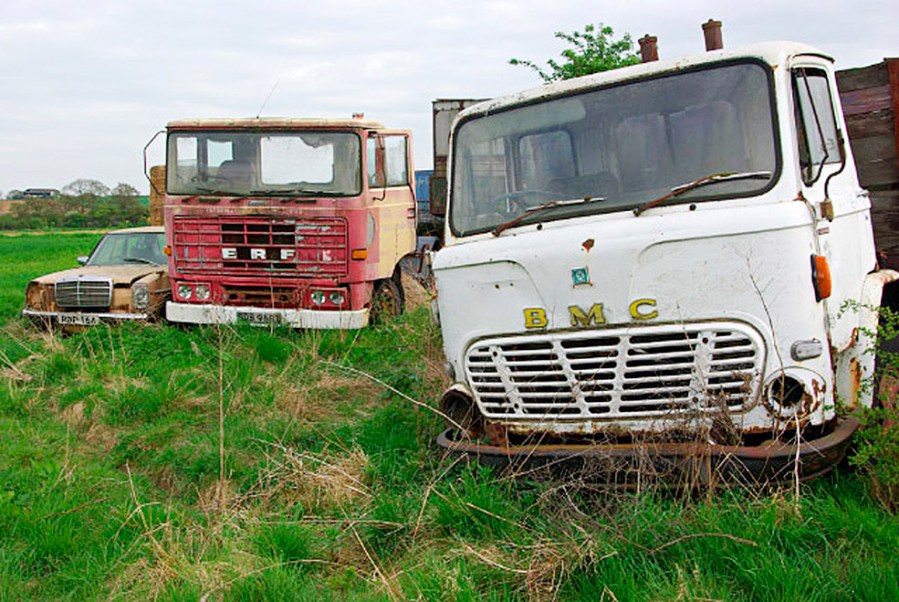
Other Truck Parts
It’s not just turbos that come in handy from trucks, they have other good bits too. Massive intercoolers are the norm on trucks, and while the pipework to build a custom 4-inch exhaust system would normally cost big bucks, trucks come with exhausts that size as standard; items pilfered from the HGV parts bin can become tuning gold.

Audi/Porsche Wastegates
Engines rocking big turbos usually run external wastegates too, but buying a good quality one is certainly not cheap. The exception to this rule is Audi and Porsche external wastegates, which came as standard on many ’80s and ’90s cars. They are awesome quality and were even used on their mega-power race and rally cars, so if you can find a good used one, it will serve you well.
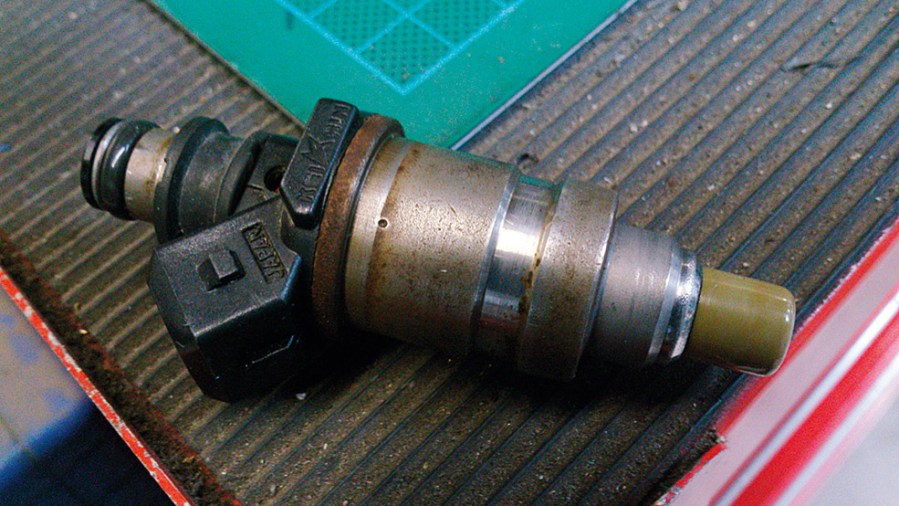
Fuel Injector Swap
One of the most universal car parts in existence is the fuel injector, and there are only a few different styles used between the tens of thousands of different fuel injected cars in existence. To be honest, the differences are minor enough that it’s generally a pretty small job to fit the ones that aren’t a direct swap. But what’s this got to do with tuning? It’s simple really; some cars have little injectors, some have bloody massive ones, so with a little detective work you can fit some big injectors from a different engine, to give you massive fuel flow without a big bill for aftermarket items.
For example, a car like an MX-5 runs tiny little injectors good for around 250cc/min each, but many more powerful engines have injectors over double that size. Standard FD RX-7 secondary fuel injectors are 850cc, and we even know of a few vehicles with ginormous 1600cc standard injectors!
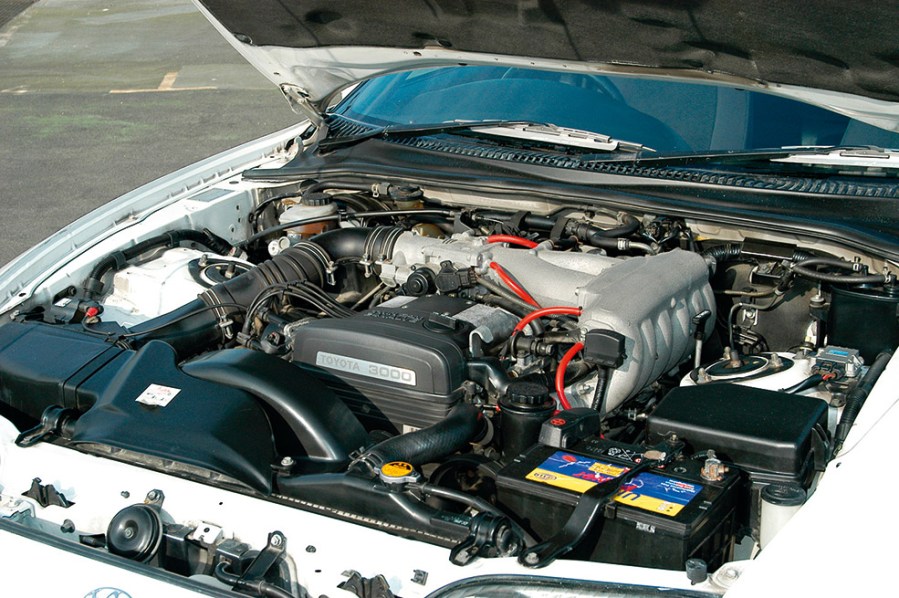
Cheap Engine + Turbo = POWAAAARR!
There are a few engines around, which although nothing special as standard (and therefore cheap), are pretty incredible once you add the magic word – turbocharger. One popular lump is Toyota’s 1UZFE. It’s pretty unloved and very cheap to buy, but they’re bombproof and able to bash out 550bhp with total reliability with the addition of a turbo. The most remarkable are the smallest engines in the GM LS series of V8s: the less-loved 4.8 and 5.3-litre versions usually found in American pick-up trucks and SUVs. These won’t cost you an arm and a leg, but dyno tests have shown they can push out way beyond 1000bhp with the addition of a whacking great turbo!
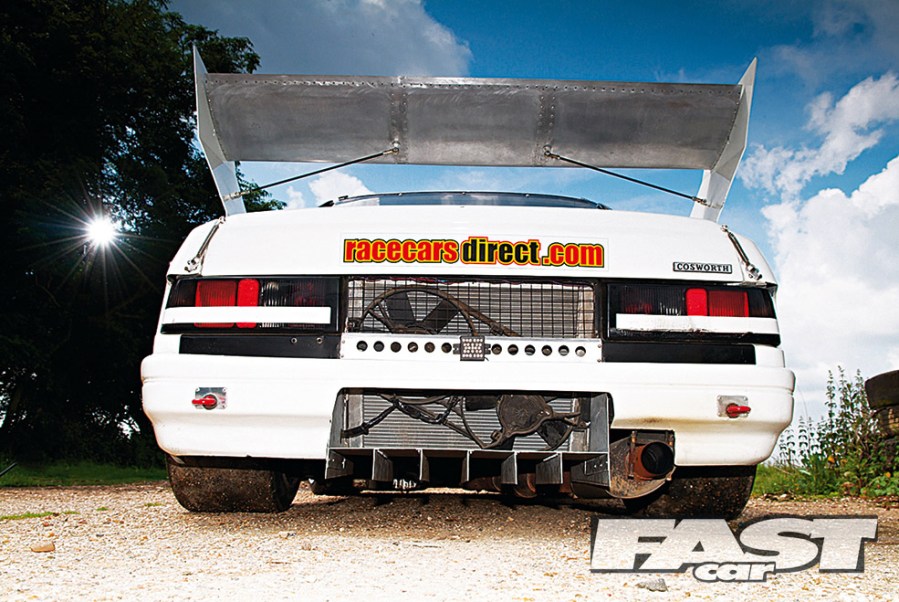
Rear-Mounted Radiators
This is something that was rarely seen outside of crazy Scandinavian creations at the Gatebil shows, but is now becoming far more common over here too. Although one reason is for improved weight distribution (a radiator filled with water is pretty damn heavy), the main one is due to space issues. If you move your radiator to the rear, you have more room in the engine bay for fun things like big engines, massive turbos, and huge intercoolers. Sounds like a winner to us.

Motorbike Carbs and Throttle Bodies
On a naturally aspirated engine, replacing your standard inlet manifold with a set of carbs or throttle bodies is usually going to be your eventual tuning aim, but unfortunately kits are never cheap. And if your engine isn’t that common to tune there may not be anything available. One solution comes from motorbikes, as all performance bikes come equipped with high-performance carbs, and more recently individual throttle bodies, as standard. They’re cheap to buy and certain companies specialize in making custom manifolds enabling you to bolt them directly to almost any engine.

Mid/Rear-Mount Turbos
No room in your engine bay for a turbo? Well put it somewhere else then! Technically a turbo should be as close to the engine as possible, but theory and reality are very different and people have successfully fitted turbos in all manor of places; behind the rear seats, where the exhaust back box would normally be, and in the bed of pick-up trucks. It needs a few tricks to get it working well, but it can be done, and is pretty damn cool too.

Photo courtesy of Rod Chong @ www.Speedhunters.com
Diesel Mechanical Fuel Injection
Modern diesels have awesome performance compared to older ones, but one advantage of the older lumps is that they are easier to tune. The reason for this is that current diesel engines have complex electronic controls while earlier units have mechanical setups that you can adjust with a few spanners and screwdrivers. The solution? Well as long as you’re not after the ultimate in refinement and economy, it’s time to go old-skool and fit a mechanical setup. This is commonplace on diesel drag cars, and has been done on plenty of highly tuned VW and Mercedes diesel road cars too. It gives off loads of black smoke unfortunately, but does allow for lots of revs and power.
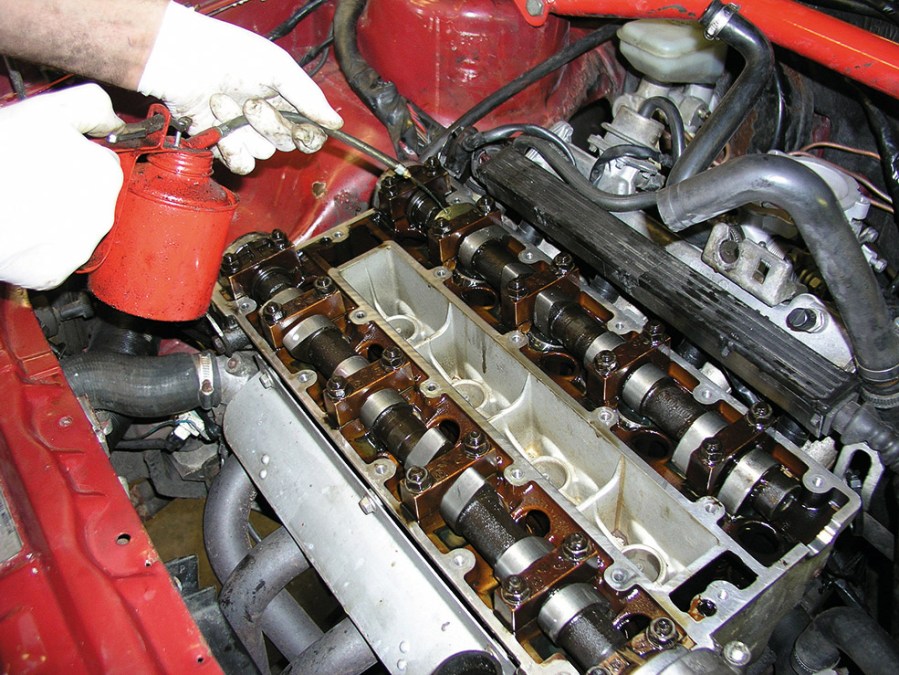
N/A Cams in a Turbo Engine
Be it a standard engine or a tuned one, naturally aspirated units always have far wilder cams than turbo engines for any given power level, as thanks to boost, turbo engines don’t need lairy cams to make power. What this does mean though is a cheap cam upgrade for a turbo engine is often the hottest naturally aspirated version of the same engine; they usually keep the valves open for longer and are almost given away as there’s little demand for them.
eBay Finds
If you know what you’re looking for, like to gamble, and don’t mind wading through thousands and thousands of junk items, some amazing stuff can crop up on eBay. Aside from many of the previous things mentioned in this feature, ex-race and rally parts crop up from time to time at bargain prices, often because the seller doesn’t realize what they have! We’ve seen WRC, BTCC, and even Indy Car tuning parts on sale in the past – you just need to be quick before someone else spots it!
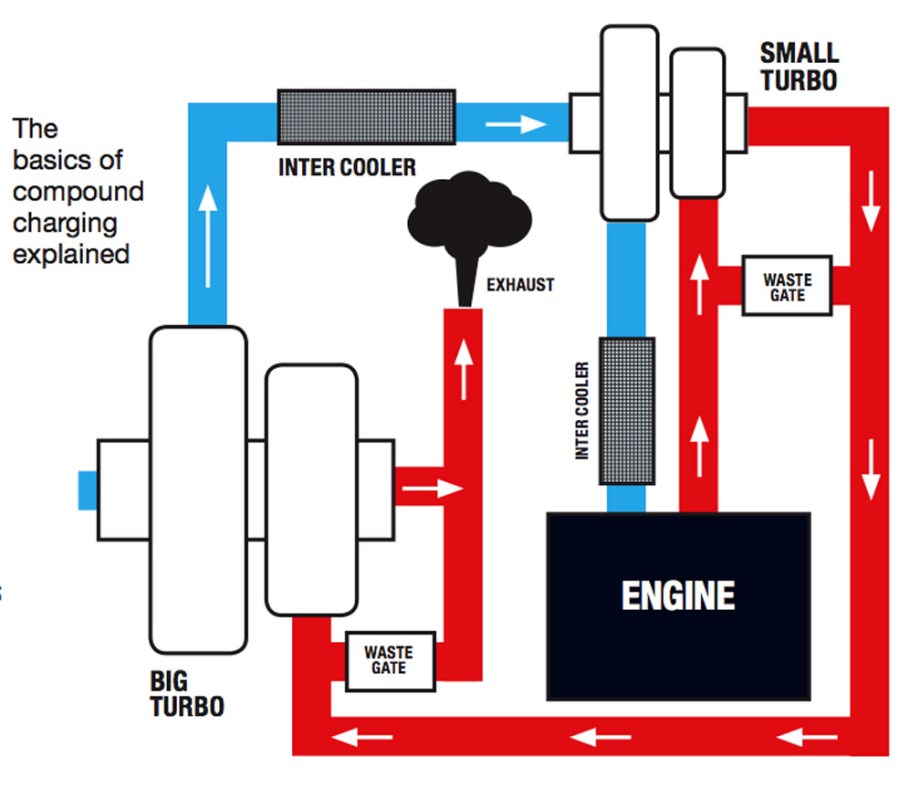
Compound Charging
It’s a complex subject that takes come complex plumbing, but lately we’ve seen some basic and very cool compound charged engines. But what the hell is compound charging? Basically it’s a big turbo blowing into a little turbo and then blowing into the engine. This results (in theory at least), in the quick spool-up of the little turbo and the big power and boost of the big one. We’ve seen quite a few lately simply running the standard turbo mounted inline with a big whopper of a turbo, and it works surprisingly well…
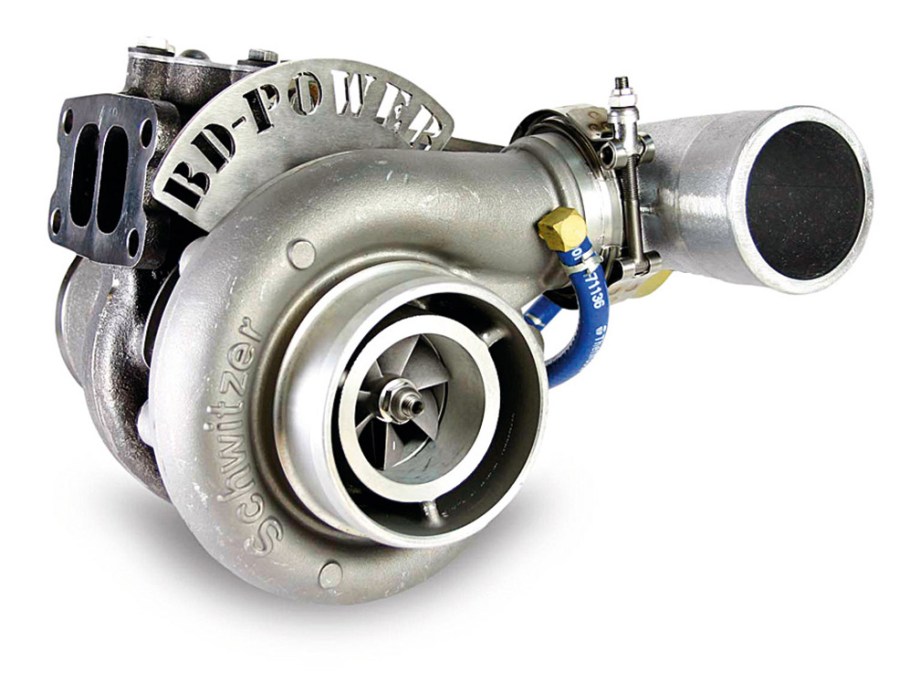
Quick Spool Valve Turbos
On the whole, while bigger turbos can create more power, they also spool up more slowly, leading to lag. However, if your turbo has a divided turbine housing, you can block one side off (ideally temporarily), which will make it spool up far faster. We’ve seen people on a serious budget simply block off one of the sides with a metal plate, which speeds up spool but also restricts flow. So the best way would be to use a wastegate style valve that blocks one side until a set boost is reached, then opens allowing full flow, giving the best of both worlds, and commonly known as a quick spool valve.
Words by Stav.

